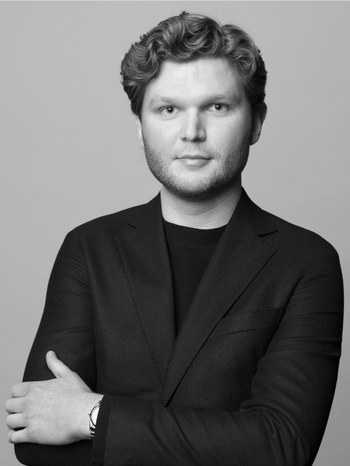Anna Petrus
a pair of "Blomkruka N:r 1" cast iron flower pots, Näfveqvarns bruk, Sweden.
Relief decoration of figures. Height 22 cm, diameter 25 cm.
Wear, weather-bitten patina.
Provenance
Acquired by the present owner's grandparents during the second quarter of the 20th century.
Literature
Marie Rehnberg, "Anna Petrus: Skulptör och industrikonstnär", Arena 2009, compare p. 133.
More information
Designed as columns for the Swedish pavilion at the International Exhibition of Modern Decorative and Industrial Arts in Paris in 1925. These were reworked into flower pots after the exhibition and went into production in 1927.
Designer
Anna Petrus was a sculptor, industrial designer, and artist active in the early 20th century. She was born as Anna Petersson, the daughter of a professor of medicine and a countess, and adopted her surname while studying at the Royal Academy of Fine Arts. She inherited a modest fortune at the age of 11 when her mother passed away, which allowed her to pursue her education in London and travel to Italy and France.
Anna Petrus's major international breakthrough came with the Exposition Internationale des Arts Décoratifs et Industriels Modernes in Paris in 1925, where she showcased items in pewter and cast iron, in the Swedish Grace style. Pewter was considered an outdated material at the time, but its popularity grew as designers like Petrus recognised its advantages. In 1924, she began a collaboration with the then newly established Firma Svenskt Tenn. The lion became a recurring motif in Anna Petrus's work, both as sculptures and as stylised decorations.
Read more














































